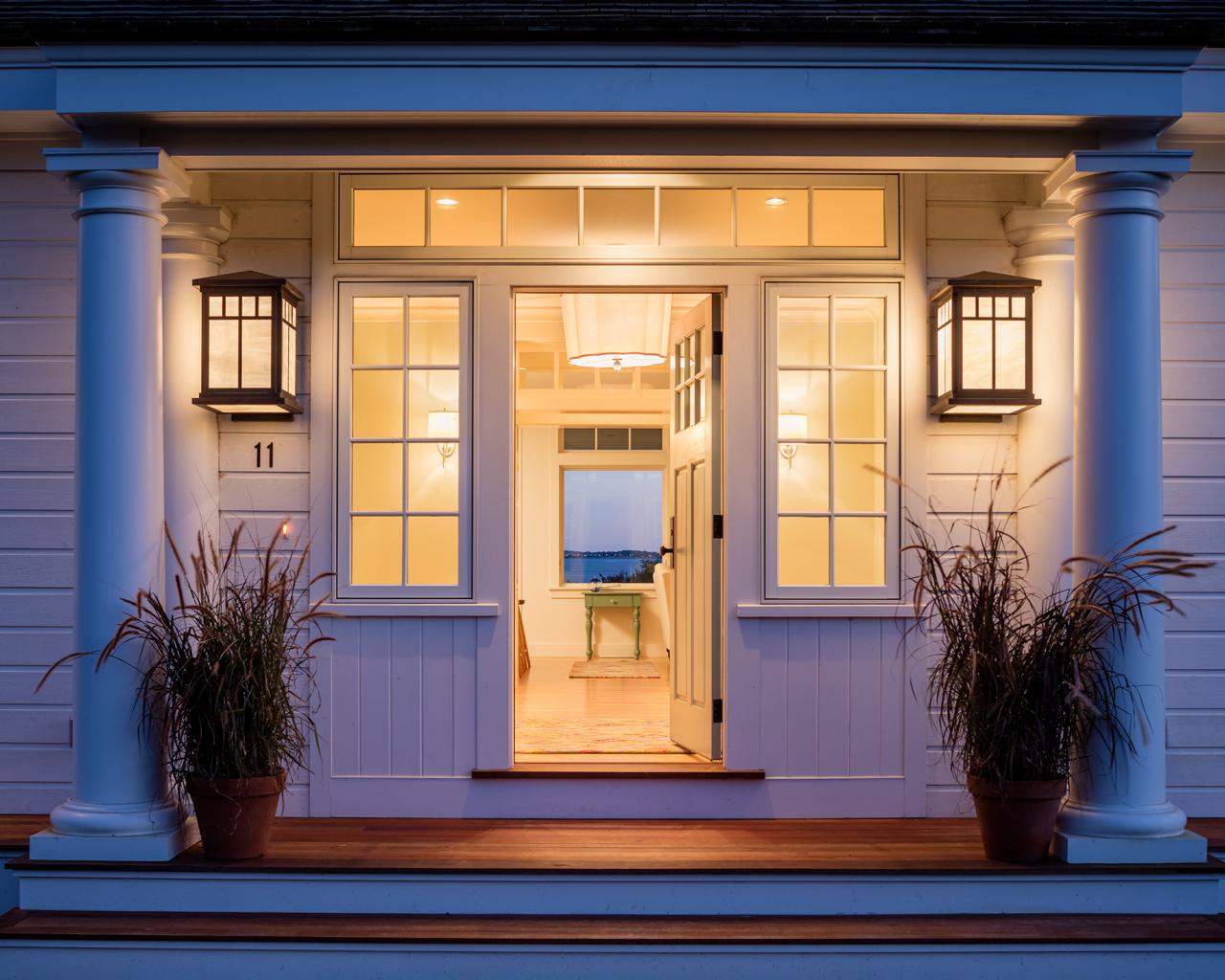

Articles
Why Is My Porch Light Flickering
Modified: December 7, 2023
Learn why your porch light is flickering and find helpful articles to troubleshoot and fix the issue.
(Many of the links in this article redirect to a specific reviewed product. Your purchase of these products through affiliate links helps to generate commission for Storables.com, at no extra cost. Learn more)
Introduction
Having a front porch that is well-lit not only enhances the aesthetic appeal of your home but also adds an extra layer of security. However, it can be quite frustrating and concerning when you notice that your porch light is flickering. Not only is it visually annoying, but it might also be an indication of an underlying issue that needs to be addressed.
In this article, we will explore the various causes of porch light flickering and provide you with effective solutions to resolve the problem. Whether you are dealing with a loose bulb, faulty wiring, voltage fluctuations, or environmental factors, this guide will help you understand the issue and take the necessary steps to fix it.
So, let’s dive into the different causes of porch light flickering and find out how to get rid of this pesky problem.
Key Takeaways:
- Ensure a steady porch light by tightening bulbs, checking wiring, and installing a voltage stabilizer to combat flickering caused by loose connections, faulty wiring, and voltage fluctuations.
- Shield your porch light from environmental elements, such as moisture and insects, to maintain a reliable and flicker-free light source, enhancing both security and aesthetics.
Read more: Why Is My Ceiling Light Flickering?
Causes of Porch Light Flickering
Flickering porch lights can be attributed to various factors, ranging from simple fixable issues to more complex electrical problems. It’s important to identify the root cause of the flickering to address it appropriately. Here are the common causes of porch light flickering:
- Loose Bulb: One of the most common reasons for porch light flickering is a loose bulb. Over time, the vibrations from external factors such as wind or close proximity to doors and windows can loosen the bulb. This can disrupt the electrical connection and result in the flickering of the light.
- Faulty Wiring: Faulty wiring is another potential cause of porch light flickering. If the wiring connections inside the fixture are loose or damaged, it can lead to intermittent power supply to the bulb, causing flickering. Additionally, old or outdated wiring can cause the same issue.
- Voltage Fluctuations: Fluctuating voltage can also be responsible for porch light flickering. When there are sudden power surges or drops in the electrical supply, the bulb may struggle to maintain a consistent glow, resulting in flickering. This issue is more prevalent in areas with unstable electrical grids or when multiple appliances are drawing power at once.
- Environmental Factors: Environmental factors such as extreme weather conditions, moisture, or insects can affect the stability of the porch light. Water or moisture can seep into the fixture, causing electrical short circuits or corrosion, which in turn, leads to flickering. Insects, particularly spiders, building webs inside the fixture can also disrupt the light’s performance.
Now that we have discussed the common causes of porch light flickering, let’s move on to the solutions that will help you rectify the issue and ensure a steady and reliable light source.
Loose Bulb
A loose bulb is a common and easily fixable cause of porch light flickering. Over time, the vibrations from external factors like wind or the repeated turning on and off of the light can cause the bulb to become loose. When the bulb is not securely attached to the socket, the electrical connection can become disrupted, resulting in flickering.
To address this issue, follow these steps:
- Turn off the power: Before working on any electrical fixture, it is crucial to turn off the power supply. Locate the circuit breaker or fuse panel and switch off the circuit that controls the porch light.
- Remove the bulb: Carefully unscrew the bulb from the socket. Take note of the type and wattage of the bulb so you can replace it correctly later on.
- Clean the bulb and socket: Use a soft cloth or tissue to wipe off any dirt, dust, or debris from both the bulb and the socket. This will ensure a proper electrical connection once the bulb is reinstalled.
- Tighten the bulb: Reinsert the bulb into the socket and give it a gentle twist in a clockwise direction to tighten it. Be careful not to overtighten, as it can damage the bulb or the socket.
- Turn on the power: Once the bulb is securely in place, go back to the circuit breaker or fuse panel and switch on the circuit for the porch light. Test the light to see if the flickering has been resolved.
If tightening the bulb did not solve the issue and the flickering persists, it might be necessary to consider other potential causes such as faulty wiring or voltage fluctuations.
By addressing a loose bulb promptly, you can eliminate the flickering and ensure a stable and consistent light source on your porch. Remember to always prioritize safety and consult a professional electrician if you are unsure about any electrical repairs.
Faulty Wiring
Faulty wiring is another common cause of porch light flickering. If the wiring connections inside the fixture are loose, damaged, or worn out, it can disrupt the electrical flow to the bulb, resulting in flickering. Additionally, old or outdated wiring can contribute to this issue.
To address faulty wiring, it is recommended to follow these steps:
- Turn off the power: As with any electrical work, start by turning off the power supply to the porch light. Locate the circuit breaker or fuse panel and switch off the circuit that controls the light.
- Remove the fixture: Carefully remove the porch light fixture from the mounting bracket or cover. This can typically be done by unscrewing a few screws or nuts.
- Inspect the wiring connections: Once the fixture is removed, visually inspect the wiring connections inside. Look for any loose, damaged, or corroded wires that may be causing the flickering.
- Tighten or repair the connections: If you notice any loose wires, use a screwdriver or pliers to tighten the connections. If there are damaged or corroded wires, you may need to replace them. It is recommended to consult a professional electrician if you are unsure about handling wiring repairs.
- Reinstall the fixture: Once the wiring connections are secure, carefully reinstall the fixture back onto the mounting bracket or cover. Make sure all screws or nuts are tightened properly.
- Turn on the power: After securing the fixture, go back to the circuit breaker or fuse panel and switch on the circuit for the porch light. Test the light to see if the flickering has been resolved.
If addressing faulty wiring did not fix the flickering issue, it is advisable to consult a licensed electrician to further troubleshoot and repair the wiring system.
By identifying and resolving any faulty wiring in the porch light, you can ensure a safe and reliable light source without any annoying flickering.
Voltage Fluctuations
Another potential cause of porch light flickering is voltage fluctuations. Fluctuating voltage occurs when there are sudden power surges or drops in the electrical supply. This can happen due to various factors, such as unstable electrical grids or the simultaneous usage of multiple appliances.
To address voltage fluctuations, consider these steps:
- Check other electrical appliances: Before assuming that the flickering is solely due to voltage fluctuations, it’s important to assess other electrical appliances in your home. If you notice flickering lights throughout your entire house, it indicates a broader voltage issue beyond just the porch light.
- Consult an electrician: If you suspect voltage fluctuations, it is advisable to consult a licensed electrician to assess and diagnose the electrical system in your home. They can determine if there are any wiring or electrical supply problems that need to be addressed.
- Install a voltage stabilizer: A voltage stabilizer can help regulate and stabilize the electrical supply to your porch light. This device monitors voltage levels and provides a consistent power output, protecting the light from surges and drops. Consult an electrician to determine the appropriate voltage stabilizer for your porch light and have it professionally installed.
It’s important to note that voltage fluctuations can be a result of external factors beyond your control, such as issues with the electrical grid in your area. In such cases, a voltage stabilizer can provide a temporary solution, but it’s recommended to consult with your local electricity provider to address any persistent voltage issues affecting your home.
By addressing voltage fluctuations, you can ensure a stable and reliable light source on your porch without the annoyance of flickering lights.
Read more: Why Is My Chandelier Flickering
Environmental Factors
Environmental factors can also contribute to porch light flickering. Extreme weather conditions, moisture, and insects can all affect the stability of the light, leading to flickering. It’s important to be aware of these factors and take appropriate measures to minimize their impact.
Here are some steps you can take to address environmental factors:
- Protect the light from moisture: Moisture can seep into the fixture and cause electrical short circuits or corrosion, leading to flickering. Ensure that your porch light is properly sealed and protected from rain, snow, or excess humidity. Consider installing a weather-resistant fixture or using a protective cover to shield the light.
- Remove any insects or debris: Insects, particularly spiders, are known to build webs inside light fixtures, obstructing the light source and causing flickering. Regularly inspect and clean the fixture to remove any insects or debris, ensuring optimal performance.
- Consider LED bulbs: LED bulbs are more resistant to environmental factors compared to traditional incandescent bulbs. They generate less heat and are less affected by temperature fluctuations and moisture. Consider replacing your porch light bulb with an LED version, which can help reduce the impact of environmental factors on flickering.
- Inspect and clean the fixture: Regular maintenance of the fixture is crucial to prevent environmental factors from affecting the light’s performance. Remove any dirt, dust, or debris that may accumulate over time. Additionally, examine the fixture for any signs of corrosion or damage, and address them promptly.
- Consider professional assistance: If you’ve taken the above steps and the flickering persists, it may be necessary to consult a professional electrician. They can perform a thorough inspection and identify any underlying issues that need to be addressed.
By addressing environmental factors that contribute to porch light flickering, you can enjoy a reliable and uninterrupted light source on your front porch.
Check the bulb and socket for loose connections. If they are secure, the issue may be with the wiring or the switch. Consider calling an electrician to inspect and repair the problem.
Solutions for Porch Light Flickering
If you’re experiencing porch light flickering, it’s essential to find the right solutions to resolve the issue. By addressing the root cause, you can enjoy a steady and reliable light source on your porch. Here are some effective solutions to consider:
- Tightening the Bulb: Start by checking if the bulb is loose. Turn off the power, remove the bulb, clean it, and then firmly tighten it back into the socket. Sometimes, a loose bulb can cause flickering, so ensuring a secure connection may resolve the issue.
- Checking and Repairing Wiring: Faulty wiring could be the culprit behind the flickering. If you suspect this is the case, turn off the power and inspect the wiring connections inside the fixture. Look for any loose, damaged, or corroded wires. Tighten any loose connections or consider contacting a professional electrician to handle wiring repairs.
- Installing a Voltage Stabilizer: If voltage fluctuations are causing the flickering, you can install a voltage stabilizer. This device regulates and stabilizes the electrical supply, protecting the light from surges and drops. Consult with an electrician to determine the right voltage stabilizer for your porch light and have it professionally installed.
- Shielding the Light from Environmental Elements: Environmental factors like moisture or insects can affect the stability of the porch light. Make sure the fixture is properly sealed to protect it from rain, snow, or excess humidity. Regularly clean the fixture to remove any debris or insects. Consider using LED bulbs, which are more resilient to environmental factors.
It’s important to note that if the flickering persists after attempting these solutions, it may be necessary to consult a professional electrician. They have the expertise to diagnose and address any underlying electrical issues that may be causing the flickering.
By implementing the appropriate solutions, you can create a well-lit and flicker-free front porch, enhancing both the security and aesthetics of your home.
Tightening the Bulb
Tightening the bulb is a simple and effective solution to address porch light flickering. A loose bulb can disrupt the electrical connection and cause flickering. By ensuring a secure and tight connection, you can eliminate this issue and enjoy a steady light source on your porch.
Follow these steps to tighten the bulb:
- Turn off the power: Before working on any electrical fixture, it is crucial to turn off the power supply. Locate the circuit breaker or fuse panel and switch off the circuit that controls the porch light.
- Remove the bulb: Carefully unscrew the bulb from the socket. Take note of the type and wattage of the bulb so you can replace it correctly later on if necessary.
- Clean the bulb and socket: Use a soft cloth or tissue to wipe off any dirt, dust, or debris from both the bulb and the socket. This will ensure a proper electrical connection once the bulb is reinstalled.
- Tighten the bulb: Reinsert the bulb into the socket and give it a gentle twist in a clockwise direction to tighten it. Be careful not to overtighten, as it can damage the bulb or the socket.
- Turn on the power: Once the bulb is securely in place, go back to the circuit breaker or fuse panel and switch on the circuit for the porch light. Test the light to see if the flickering has been resolved.
If tightening the bulb doesn’t resolve the flickering issue, you may need to consider other potential causes such as faulty wiring, voltage fluctuations, or environmental factors.
By ensuring a tight and secure bulb connection, you can eliminate porch light flickering and enjoy a consistent and reliable light source on your front porch.
Checking and Repairing Wiring
Faulty wiring is a common cause of porch light flickering. Loose connections, damaged wires, or outdated wiring can disrupt the electrical flow and result in flickering. It is important to check and repair the wiring to ensure a stable and reliable light source on your porch.
Here is a step-by-step guide to checking and repairing wiring:
- Turn off the power: Before working on any electrical fixture, it is crucial to turn off the power supply. Locate the circuit breaker or fuse panel and switch off the circuit that controls the porch light.
- Remove the fixture: Carefully remove the porch light fixture from the mounting bracket or cover. This can typically be done by unscrewing a few screws or nuts.
- Inspect the wiring connections: Once the fixture is removed, visually inspect the wiring connections inside. Look for any loose, damaged, or corroded wires. Pay attention to any signs of fraying, melting, or discoloration as well.
- Tighten or repair the connections: If you notice any loose wires, use a screwdriver or pliers to tighten the connections. If there are damaged or corroded wires, they will need to be repaired or replaced. It is recommended to consult a professional electrician for any extensive repairs or rewiring.
- Reinstall the fixture: Once the wiring connections are secure, carefully reinstall the fixture back onto the mounting bracket or cover. Make sure all screws or nuts are tightened properly.
- Turn on the power: After securing the fixture, go back to the circuit breaker or fuse panel and switch on the circuit for the porch light. Test the light to see if the flickering has been resolved.
If checking and repairing the wiring doesn’t resolve the flickering issue or if you are unsure about handling electrical repairs, it is recommended to consult a licensed electrician. They have the necessary expertise to diagnose and address any underlying issues safely and effectively.
By addressing faulty wiring, you can ensure a safe and reliable light source on your porch, free from the annoyance of flickering.
Read more: Why Is My Extension Cord Light Flickering
Installing a Voltage Stabilizer
If you are experiencing porch light flickering due to voltage fluctuations, installing a voltage stabilizer can provide a solution to stabilize the electrical supply and eliminate the flickering problem. A voltage stabilizer helps regulate and maintain a consistent voltage level, protecting your porch light from surges and drops in the electrical supply.
Here is a step-by-step guide to installing a voltage stabilizer for your porch light:
- Assess your electrical needs: Determine the electrical load requirements of your porch light to ensure you select an appropriate voltage stabilizer. Consider the wattage and voltage of your light fixture when choosing the stabilizer.
- Purchase a voltage stabilizer: Select a voltage stabilizer that matches the electrical specifications of your porch light. Look for a high-quality stabilizer from a reputable brand to ensure reliability and durability.
- Locate the electrical panel: Identify the electrical panel or distribution box where the porch light circuit is connected. It may be located inside your home or in a utility room.
- Turn off the power: Before installing the voltage stabilizer, turn off the power supply to the porch light circuit. Locate the circuit breaker or fuse that controls the circuit and switch it off.
- Connect the stabilizer: Follow the manufacturer’s instructions to connect the voltage stabilizer to the electrical circuit. Typically, you will need to connect the input wire from the circuit breaker to the stabilizer, and the output wire from the stabilizer to the porch light fixture.
- Secure the stabilizer: Once the stabilizer is connected, mount it securely on a wall or surface near the electrical panel. Ensure that it is well-protected and positioned away from moisture or heat sources.
- Recheck the connections: Double-check all the connections and ensure they are tight and secure. Do not leave any loose or exposed wires.
- Turn on the power: After installing the voltage stabilizer, go back to the circuit breaker or fuse panel and switch on the circuit for the porch light. The stabilizer should now regulate and stabilize the electrical supply, eliminating the flickering.
It is important to note that if you are not confident in performing the installation yourself, it is recommended to seek assistance from a licensed electrician. They have the expertise to ensure proper installation and safety.
By installing a voltage stabilizer for your porch light, you can protect it from voltage fluctuations and enjoy a stable and uninterrupted light source on your front porch.
Shielding the Light from Environmental Elements
Environmental elements such as moisture, extreme weather conditions, and insects can contribute to porch light flickering. By taking steps to shield the light from these factors, you can improve its performance and minimize the chances of flickering.
Here are some effective ways to shield your porch light from environmental elements:
- Weatherproof the fixture: Ensure that your porch light fixture is designed to be weatherproof. Look for fixtures that are rated for outdoor use and provide protection against rain, snow, and other elements. Weatherproof fixtures are typically sealed tightly to keep moisture out.
- Install a protective cover: If your existing fixture is not adequately protected from the elements, you can consider installing a protective cover. A cover can provide an additional layer of shielding against rain, snow, and excessive humidity. Make sure the cover is designed specifically for your fixture and can be securely attached.
- Regularly clean the fixture: Dirt, dust, and debris can accumulate on the surfaces of the fixture over time, obstructing the light and causing flickering. Regularly clean the fixture using a soft cloth or a gentle cleaning solution to remove any buildup. Be gentle and avoid using abrasive materials that could scratch or damage the fixture.
- Inspect for moisture ingress: Check for any signs of moisture ingress into the fixture. Look for condensation inside the glass or any water spots. If you find signs of moisture, it may indicate a faulty seal or a leak. In such cases, it’s important to address the issue promptly to prevent electrical short circuits or corrosion.
- Clear away insects and debris: Insects, particularly spiders, are known to build webs inside light fixtures, disrupting the light and causing flickering. Regularly check for any signs of insects or debris accumulation and remove them. Use a soft brush or compressed air to gently clear away any webs or debris.
- Consider LED bulbs: LED bulbs are less susceptible to environmental factors and generate less heat compared to traditional incandescent bulbs. They are more durable and long-lasting, making them a great option for outdoor lighting. Consider replacing your porch light bulb with an LED bulb to minimize the impact of environmental factors on flickering.
By shielding your porch light from environmental elements, you can ensure a reliable and flicker-free light source on your front porch. Regular maintenance and taking preventive measures will not only improve the longevity of your light fixture but also enhance the overall aesthetics of your outdoor space.
Conclusion
Porch light flickering can be a frustrating issue that diminishes the aesthetic appeal and functionality of your front porch. However, by understanding the various causes of flickering and implementing the appropriate solutions, you can regain a steady and reliable light source.
We have explored the common causes of porch light flickering, such as loose bulbs, faulty wiring, voltage fluctuations, and environmental factors. Addressing these issues involves tightening the bulb, checking and repairing wiring, installing a voltage stabilizer, and shielding the light from environmental elements.
Tightening the bulb is a simple step that can often resolve flickering caused by a loose connection. If the issue persists, checking and repairing the wiring connections inside the fixture can help eliminate flickering caused by faulty wiring.
Voltage fluctuations can be addressed by installing a voltage stabilizer, which regulates and maintains a consistent power supply to the porch light. Shielding the light from environmental elements, such as moisture and insects, is another crucial step to prevent flickering.
By implementing these solutions, you can ensure a well-lit front porch, enhancing both the security and aesthetic appeal of your home. It is important to prioritize safety and consult a professional electrician if you are unsure about any electrical repairs.
Remember to regularly inspect and maintain your porch light to prevent future flickering issues. Clean the fixture, clear away any insects or debris, and consider using LED bulbs for enhanced durability and resilience to environmental factors.
In conclusion, addressing porch light flickering requires identifying the underlying cause and taking appropriate measures to resolve it. With the right solutions in place, you can enjoy a flicker-free, well-illuminated porch that adds a welcoming touch to your home.
Frequently Asked Questions about Why Is My Porch Light Flickering
Was this page helpful?
At Storables.com, we guarantee accurate and reliable information. Our content, validated by Expert Board Contributors, is crafted following stringent Editorial Policies. We're committed to providing you with well-researched, expert-backed insights for all your informational needs.
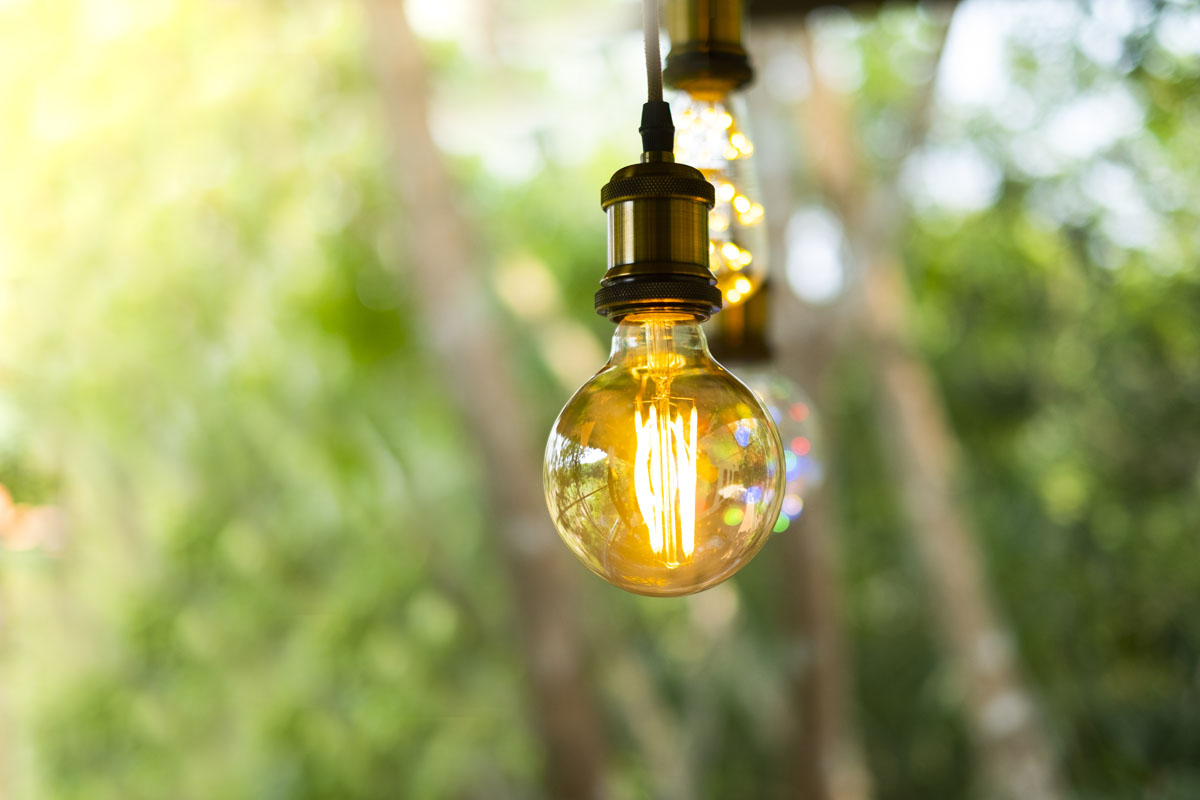
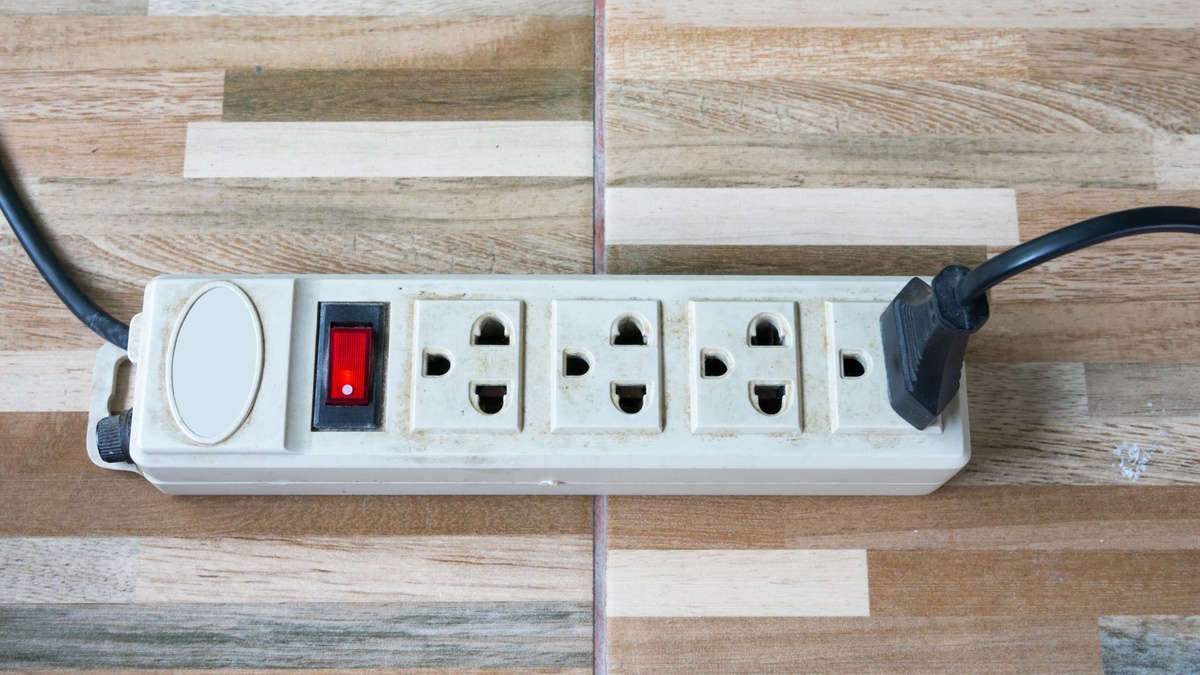
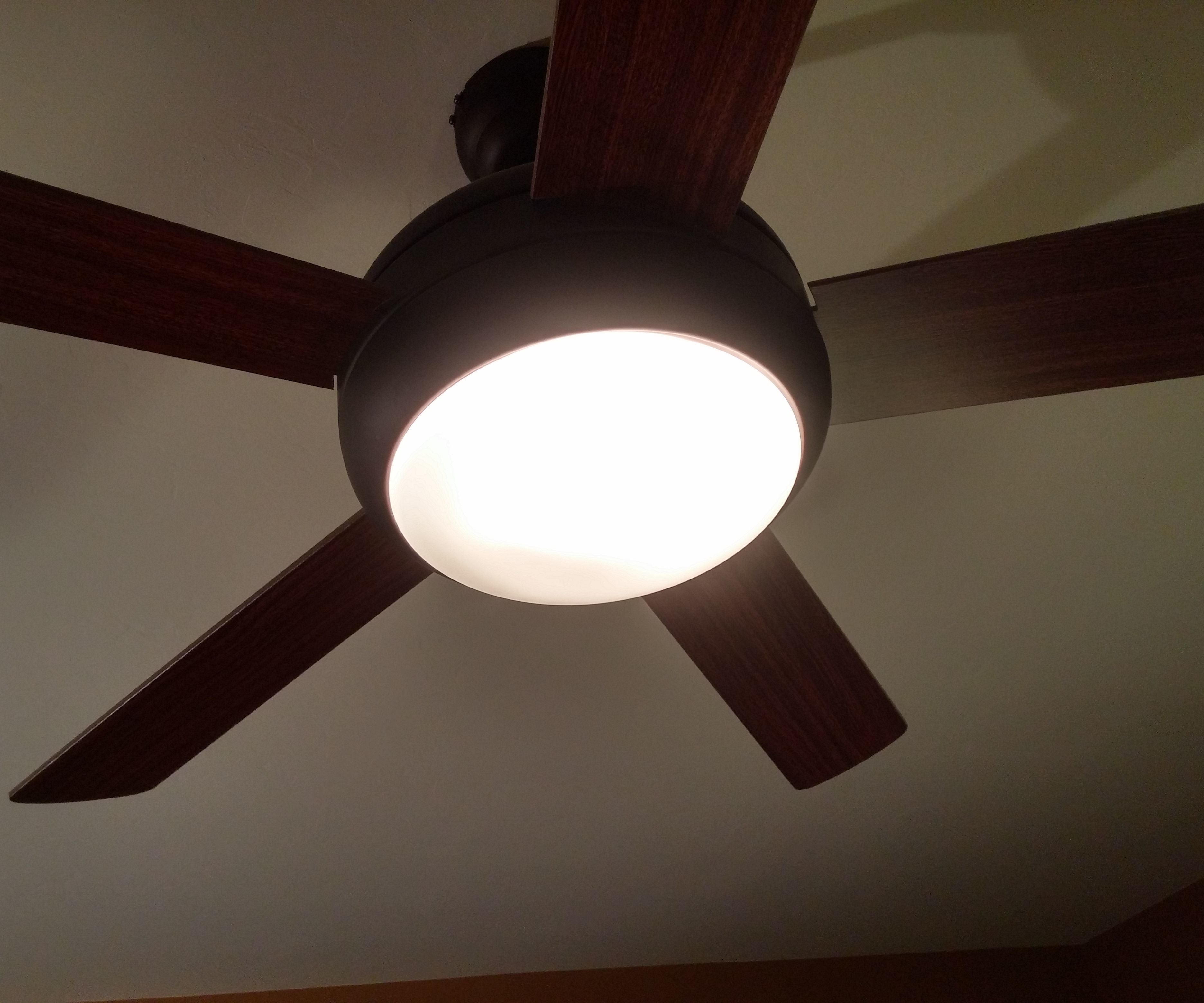
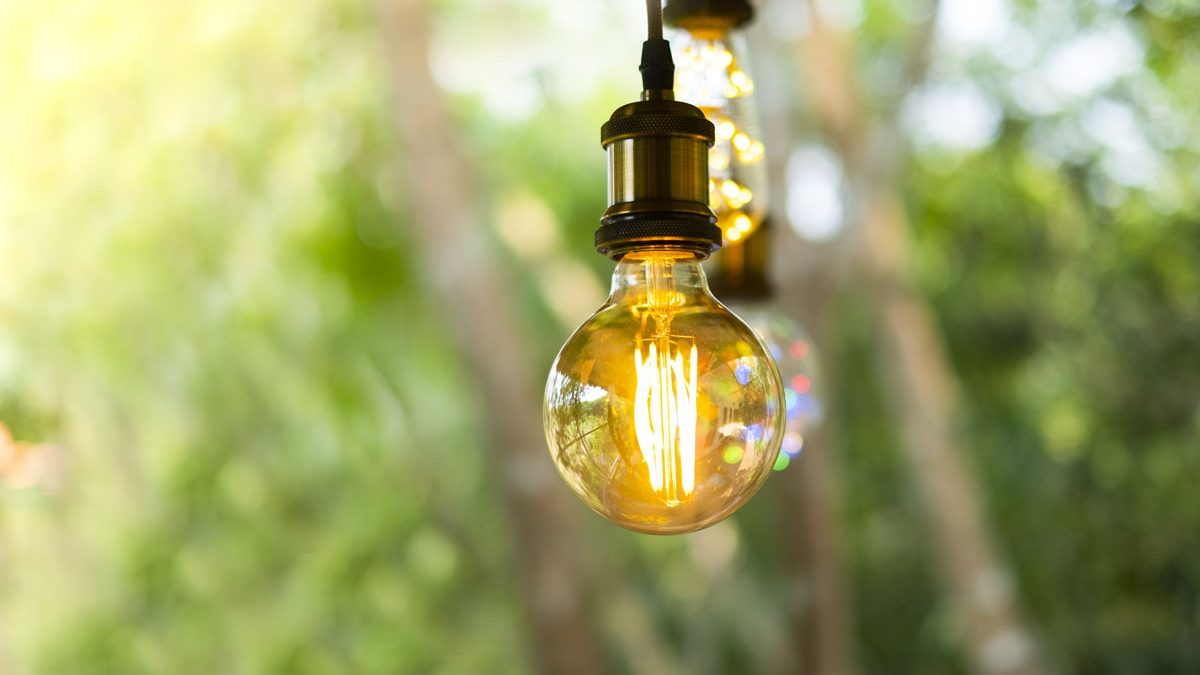
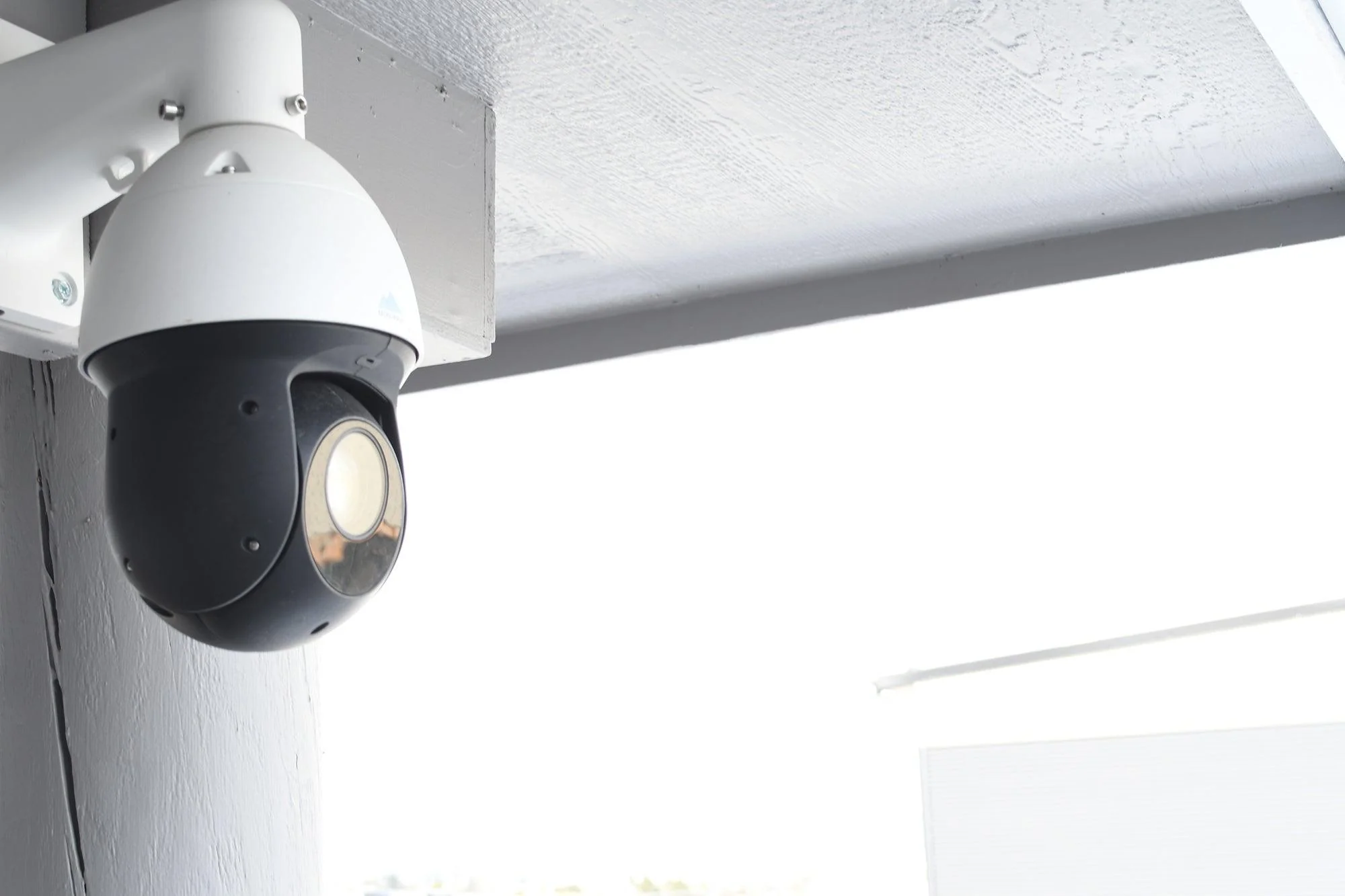
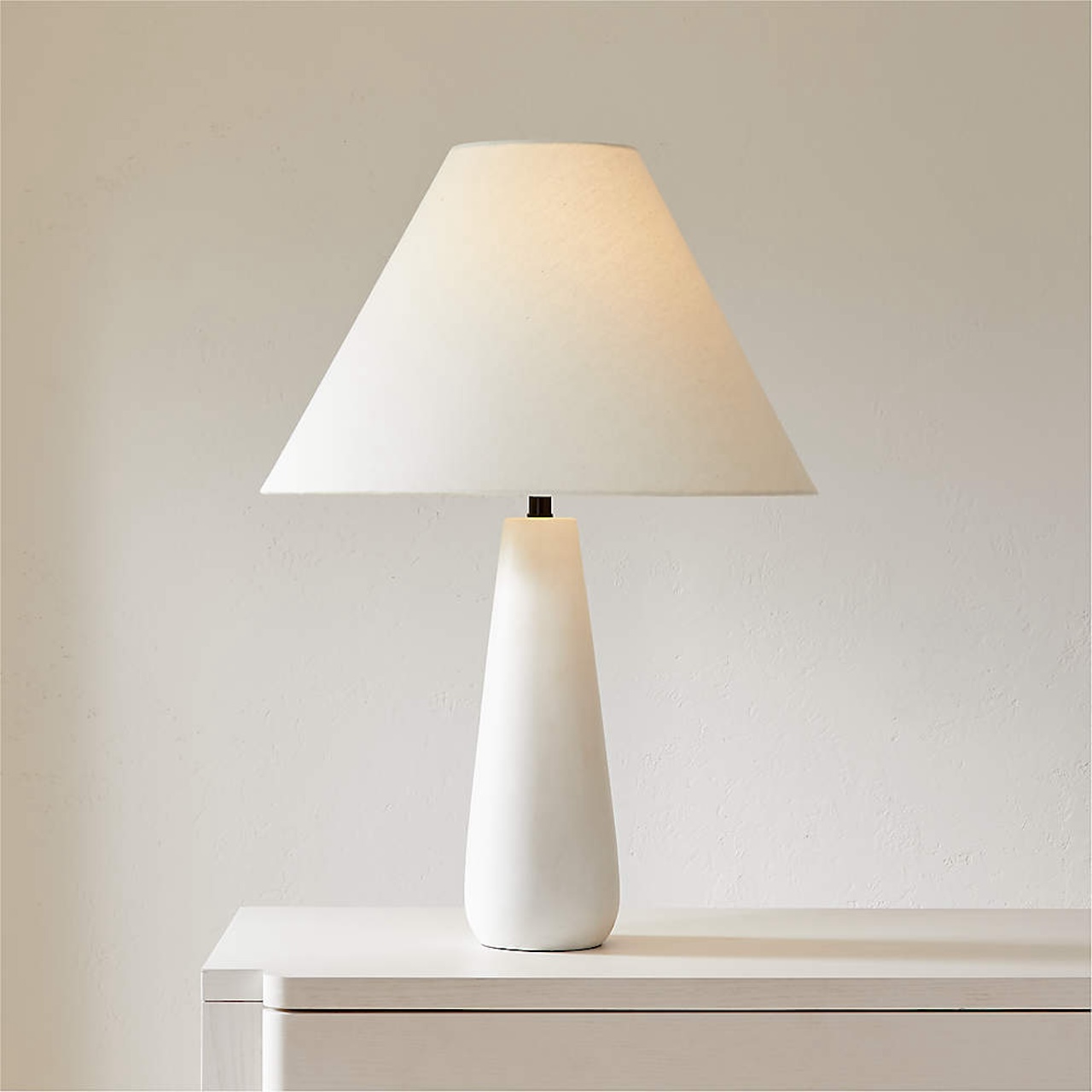
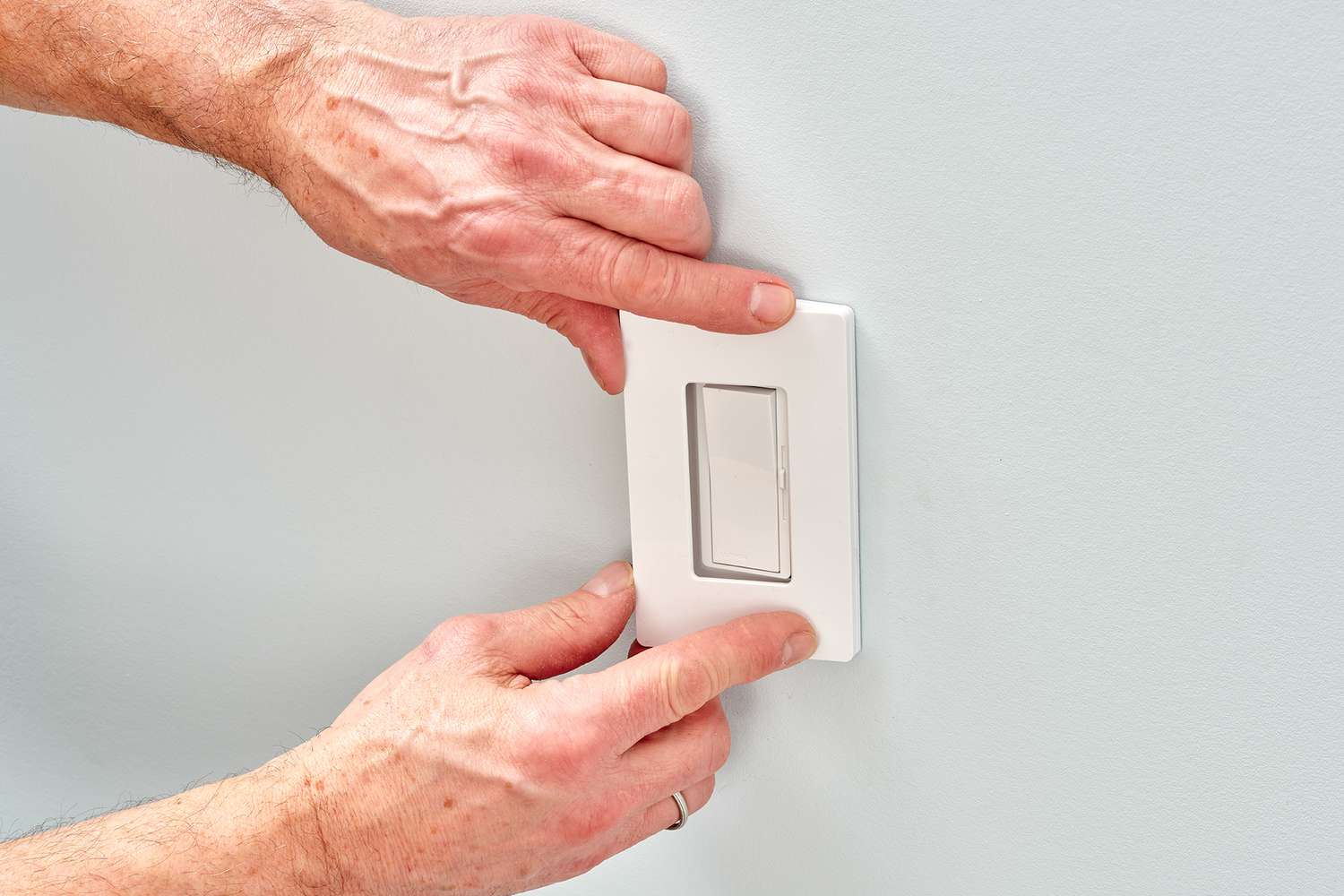

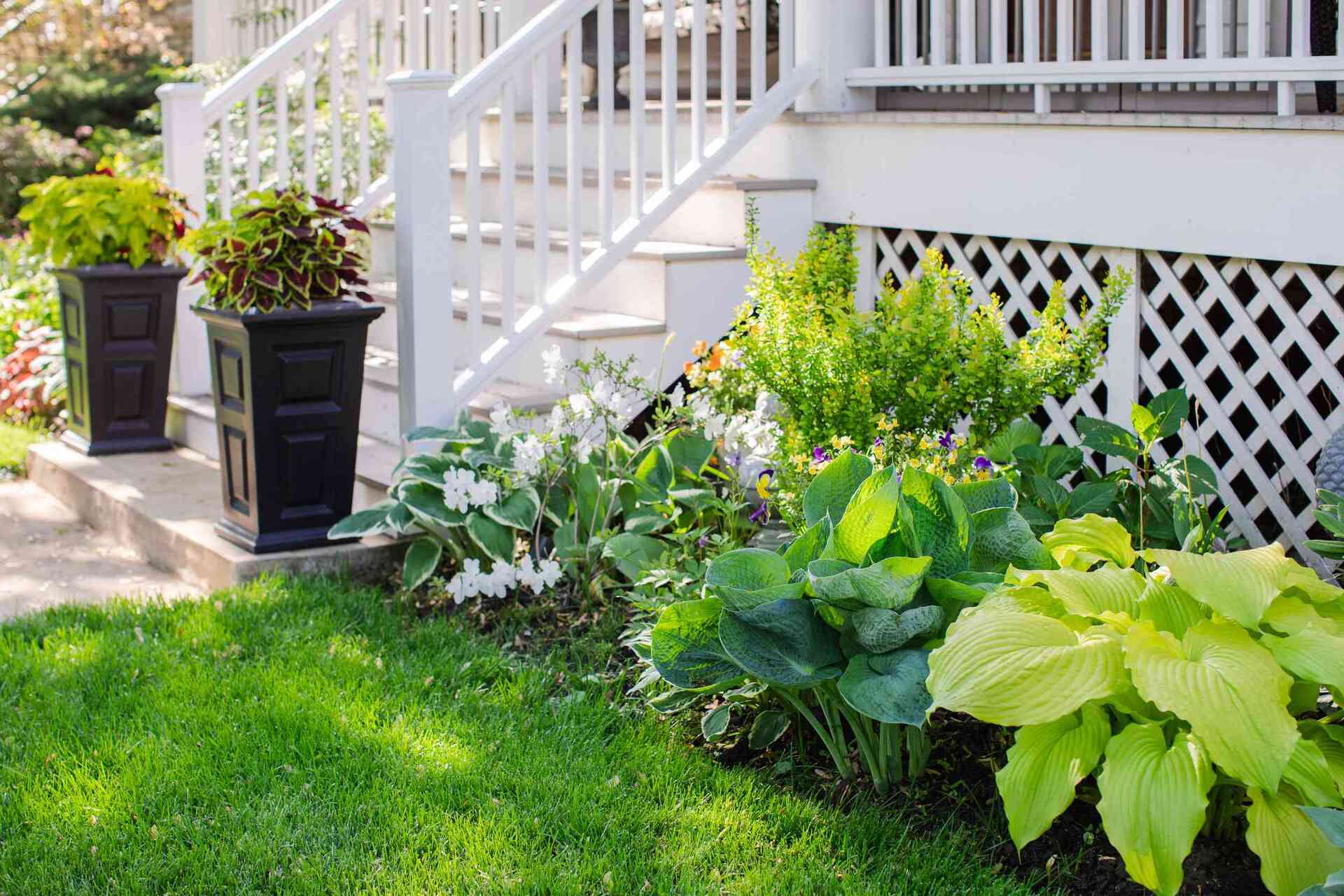
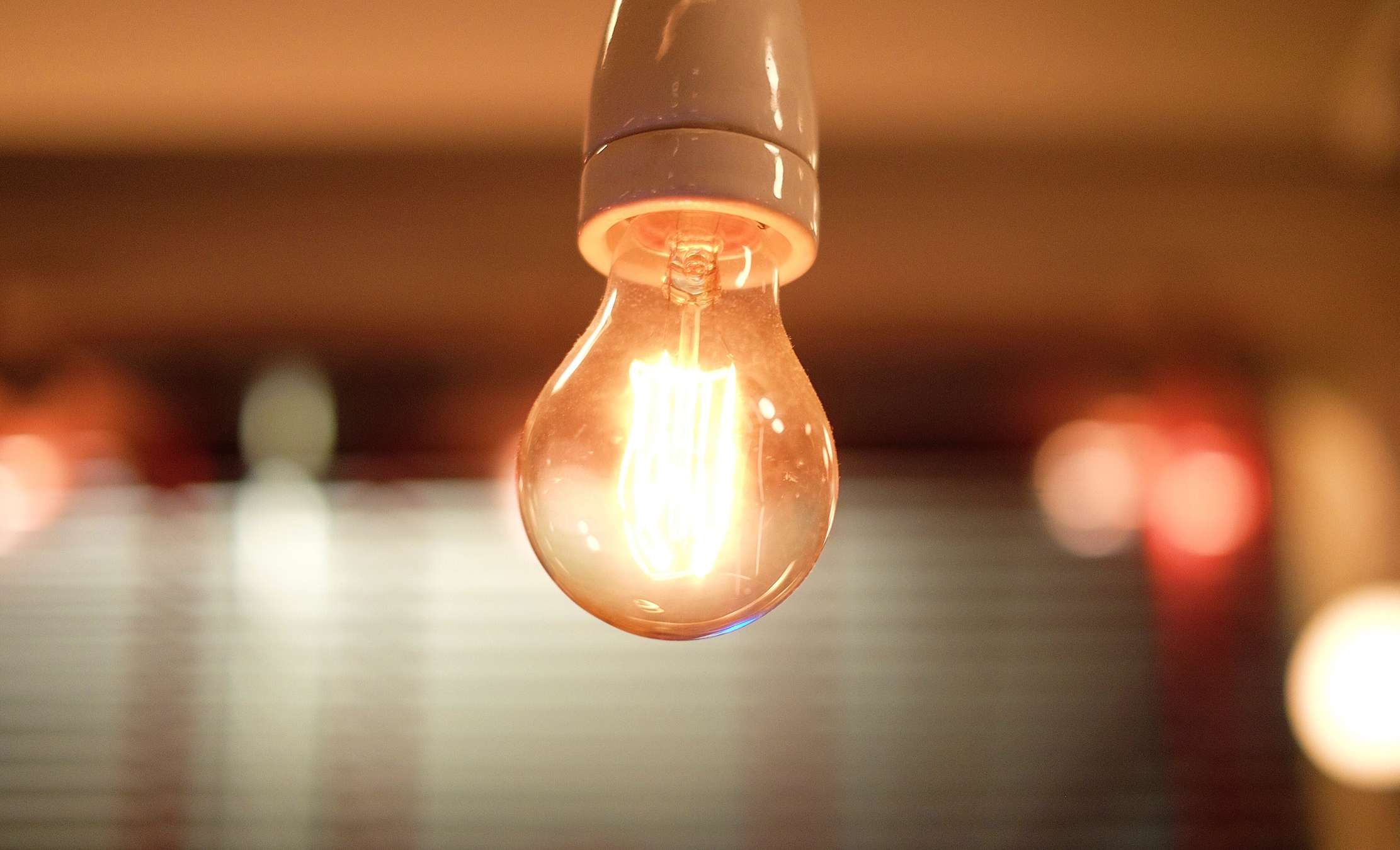
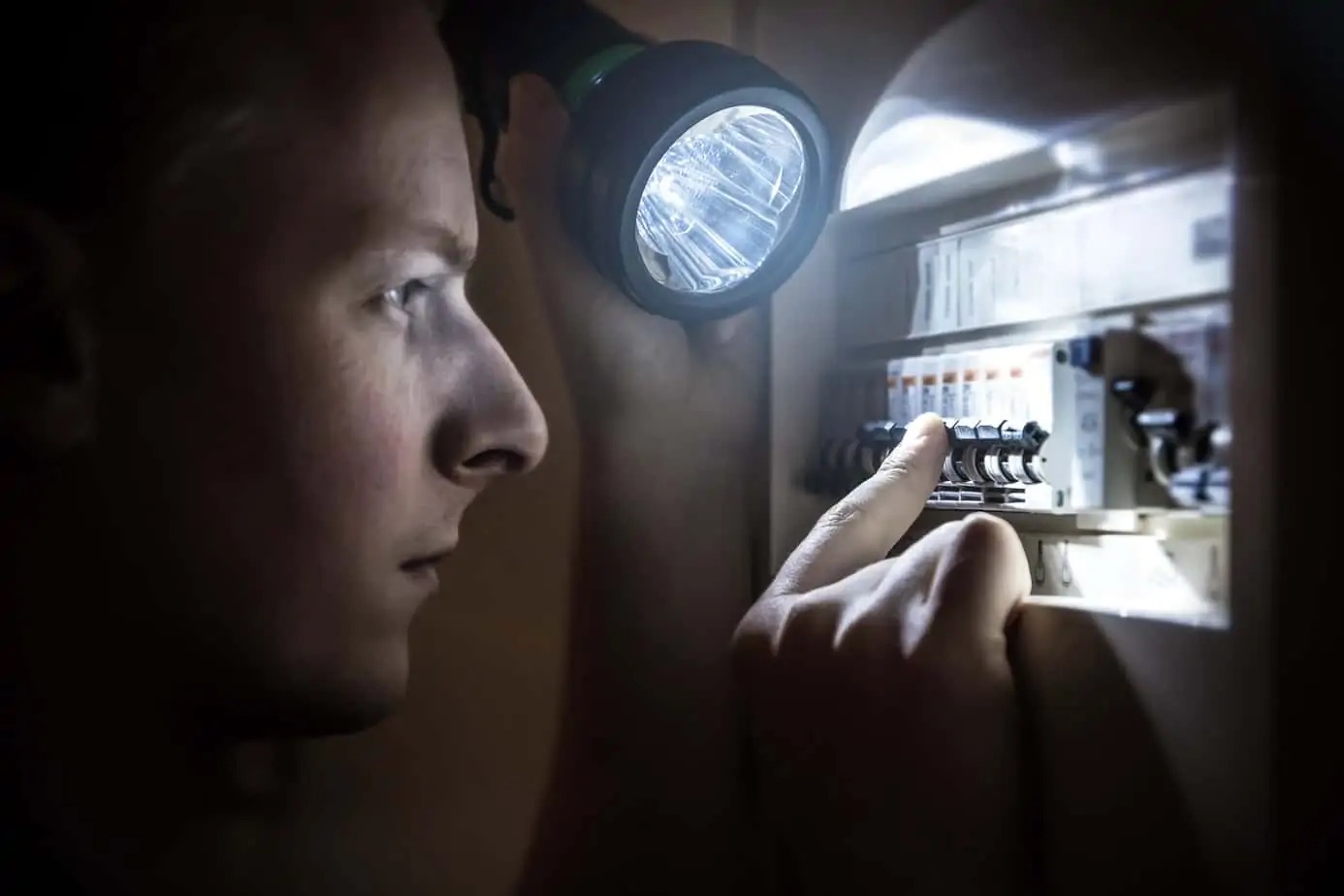
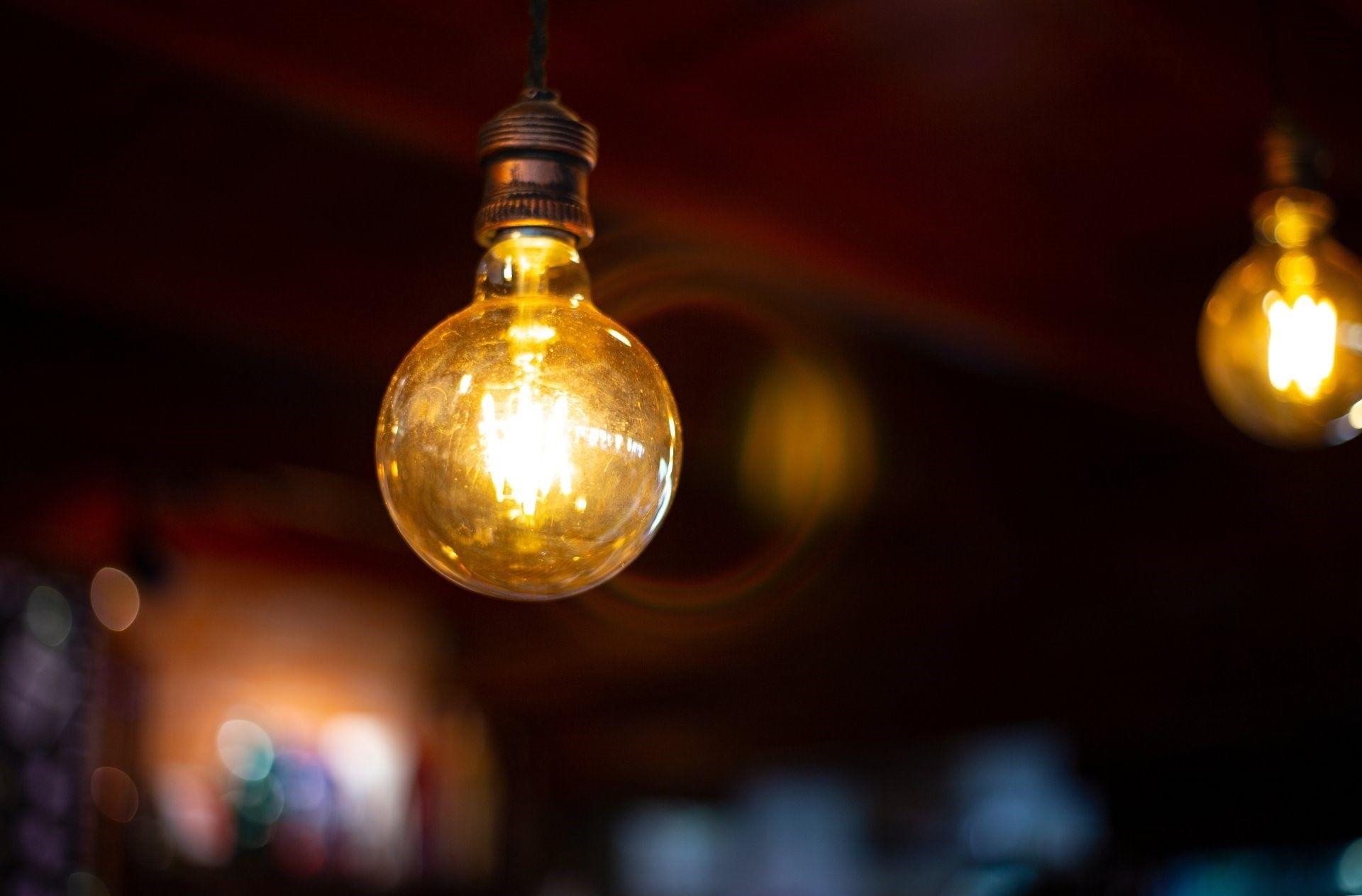
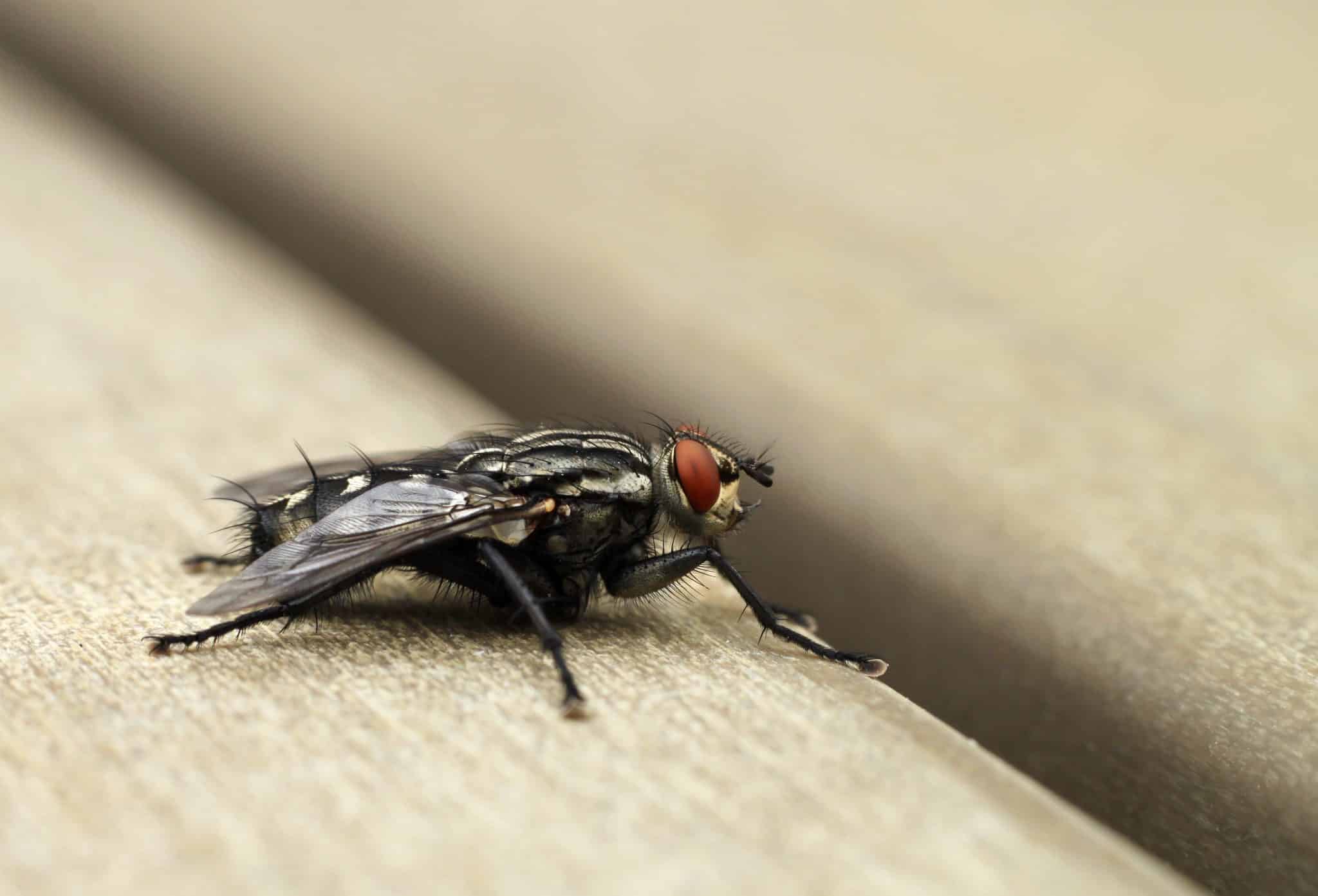

0 thoughts on “Why Is My Porch Light Flickering”